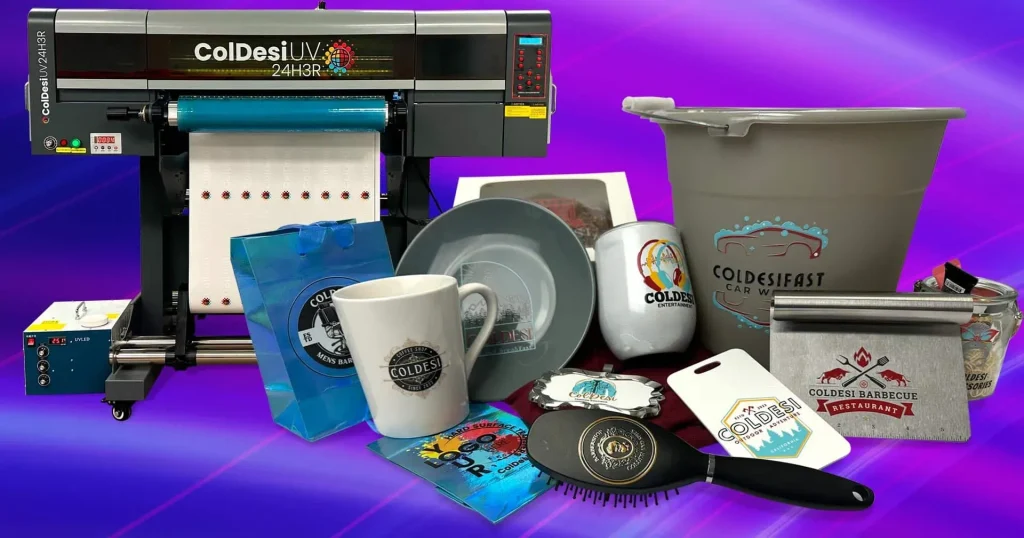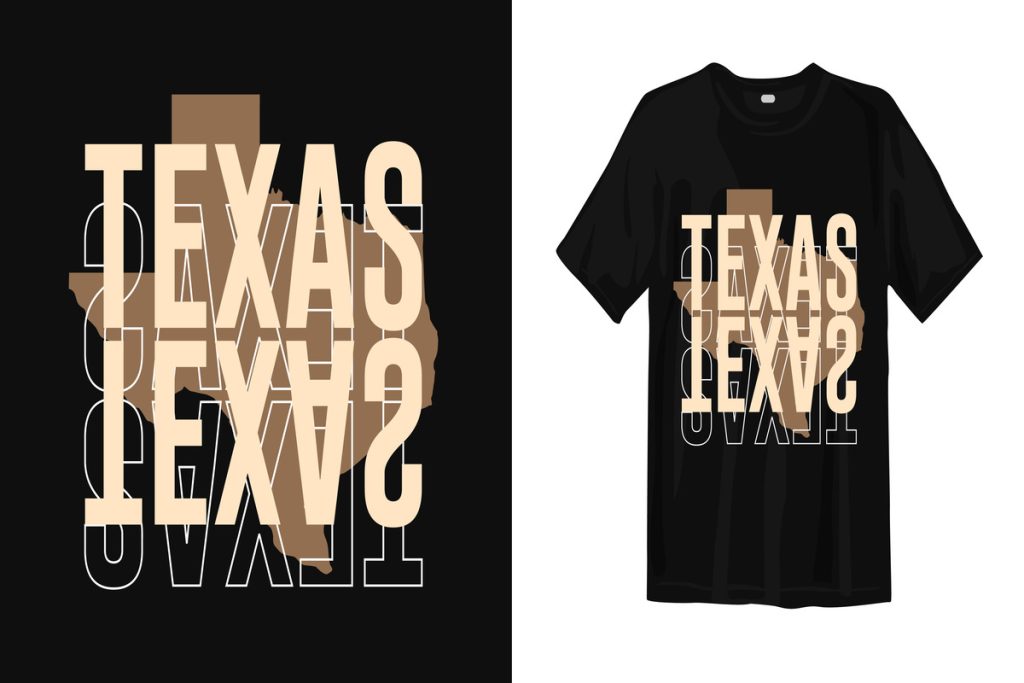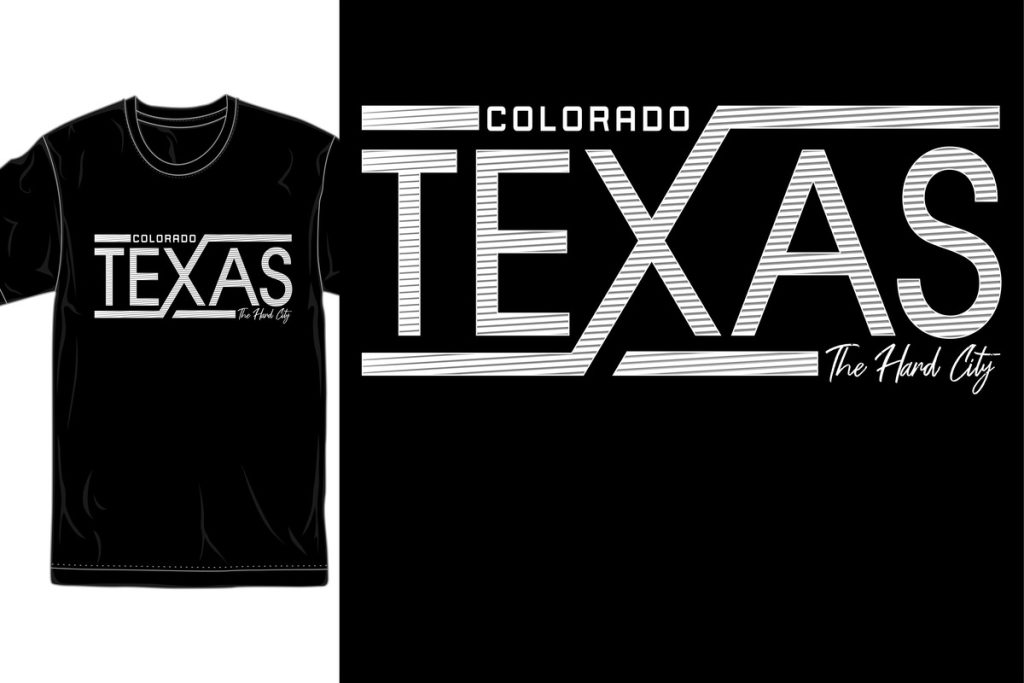UV DTF printing stands as a groundbreaking innovation within the printing industry, merging cutting-edge UV printing technology with the versatile direct-to-film printing process. This state-of-the-art method enables businesses to achieve spectacular, high-quality prints on a wide array of surfaces, ranging from textiles to metals, with ease and efficiency. Not only does UV DTF printing deliver vibrant colors and intricate designs, but it also champions sustainable printing methods by significantly reducing waste and energy consumption. As the demand for customized printing solutions rises, this technology positions itself as a frontrunner, offering unique advantages that traditional printing methods cannot match. In this exploration, we will delve into the transformative potential of UV DTF printing, highlighting its benefits, market growth, and the recent innovations propelling it forward in the competitive landscape.
The realm of direct-to-film solutions is experiencing a significant transformation through the introduction of UV DTF technology, a blend of ultraviolet curing and direct visualization techniques. This advanced form of printing leverages the rapid curing power of UV light to enhance adhesion on challenging substrates, enabling creators to experiment beyond conventional limits. As businesses seek more eco-friendly printing solutions, the rise of this innovative process addresses the pressing need for sustainable options while providing superior quality and color depth. Known for its efficiency and versatility, UV Direct-to-Film printing is paving the way toward a more dynamic future for printing applications. This shift underscores a broader movement in the industry focused on customized solutions that cater to diverse consumer preferences.
The Benefits of UV DTF Printing Technology
UV DTF printing technology offers a range of significant benefits that elevate it above traditional printing methods. One primary advantage is the capability to deliver vibrant colors and intricate designs with exceptional clarity. Using UV inks, printers can achieve resolutions that capture even the finest details, making it especially appealing to sectors like apparel, home decor, and promotional materials where high visual impact is crucial. The richness of the colors produced by UV DTF not only enhances the aesthetic value of the printed products but also ensures that they stand out in a competitive market.
Additionally, UV DTF printing is marked by impressive efficiency and speed. The quick curing times associated with UV inks mean that businesses can complete projects more rapidly, catering to the needs of today’s on-demand marketplace. Moreover, this speed helps in minimizing production costs by reducing energy consumption, which is a compelling feature for environmentally-conscious companies. In essence, UV DTF not only improves production workflow but also aligns with emerging sustainability goals within the printing industry.
How UV DTF Printing is Transforming Sustainability
As more businesses prioritize sustainability, UV DTF printing emerges as an eco-friendly solution in the printing industry. The process inherently produces less waste compared to traditional printing methods, with the ability to print directly onto various substrates without needing additional layers or excessive materials. This reduction in waste is in line with evolving consumer preferences for sustainable products, making UV DTF an attractive option for brands looking to enhance their green credentials.
Furthermore, the energy efficiency of UV DTF technology aligns well with sustainable production practices. By using advanced UV curing methods, the energy consumption per print job is significantly reduced, encouraging companies to adopt practices that are both economically viable and environmentally responsible. As the call for sustainable printing methods intensifies globally, UV DTF has positioned itself as a frontrunner in delivering eco-conscious custom printing solutions.
This technological evolution not only meets the needs of modern consumers but also encourages businesses across various sectors to re-evaluate their printing processes, aiming to minimize their carbon footprint.
Market Trends Influencing UV DTF Printing Adoption
The landscape of the UV DTF printing market is witnessing considerable growth, driven predominantly by the rising demand for customized and sustainable printing solutions across multiple industries. Sectors such as fashion, home decor, and promotional marketing are leading the way in adopting this innovative technology, seeking to satisfy consumers’ desires for personalization. Analysts predict that as more businesses recognize the advantages of UV DTF printing, adoption rates will soar, ultimately reshaping the printing industry’s future.
In addition, market analysts highlight that the trend toward customization will only intensify, prompting businesses to explore different avenues to differentiate their products. UV DTF printing offers unparalleled versatility, allowing companies to create unique designs tailored to specific customer requests. This capability not only boosts brand loyalty but also establishes a significant competitive edge in an increasingly saturated market. As companies pivot towards personalization, UV DTF stands ready to support their transformation efforts.
Innovations Driving the Future of UV DTF Printing
The UV DTF printing sector is rapidly evolving due to continuous innovations spearheaded by leading manufacturers. The introduction of advanced features, such as enhanced precision in color application, allows printers to achieve exceptional quality and fidelity in reproducing designs. This ability ensures that end products accurately reflect original concepts, which is crucial for businesses looking to maintain brand integrity. Moreover, advancements in technology have made it possible to incorporate white inks effectively, revolutionizing how colors are applied, especially on colored surfaces.
Such innovations are also pushing the boundaries of what is achievable in the realm of customized printing solutions. Businesses can now experiment with more intricate designs and a wider range of materials than ever before. This capability encourages creative expression among graphic designers while responding to diverse market demands. The continuous improvements evident in UV DTF technology not only signify a commitment to keeping pace with industry changes but also underscore the potential for further advancements in quality and efficiency.
The Role of Education in UV DTF Transitioning
Education is a crucial factor in facilitating the transition to UV DTF printing among businesses. As this technology becomes more prevalent, stakeholders must understand the operational shifts and training required to maximize its potential. Industry conferences are increasingly focusing on the educational aspect of UV DTF, highlighting the importance of equipping staff with the necessary skills to leverage this technology effectively. With proper training and knowledge, businesses can adapt seamlessly to the evolving printing landscape.
In addition, educational initiatives help address the misconceptions surrounding UV DTF printing and its capabilities. By fostering a deeper understanding of the technology, businesses can confidently invest in UV DTF solutions, ensuring they are well-prepared to meet the demands of modern consumers. A well-informed workforce is essential not only for enhancing operational efficiency but also for driving innovation within the printing industry.
Challenges and Solutions in UV DTF Printing Implementation
While UV DTF printing presents numerous advantages, challenges still exist in its implementation for some businesses. Initial investment costs for UV DTF printers and inks can be significant, leading to concerns about the return on investment for smaller companies. Additionally, the need for specialized training can deter businesses that may not have the resources to commit to extensive educational programs. Addressing these barriers is essential for broader adoption of UV DTF technology.
To mitigate these challenges, it’s important for manufacturers and industry leaders to offer comprehensive support systems. This might include flexible financing options, training programs tailored to different skill levels, and ongoing technical support for businesses transitioning to UV DTF printing. By establishing such frameworks, the industry can encourage more companies to explore this advantageous technology, ultimately leading to greater innovation and growth within the sector.
Frequently Asked Questions
What is UV DTF printing and how does it work?
UV DTF printing, or Ultraviolet Direct-to-Film printing, utilizes UV light technology to cure inks on a film substrate, allowing for vibrant prints on various surfaces, including plastics and metals. This method provides superior adhesion and durability, making it ideal for high-quality, custom prints.
What are the benefits of choosing UV printing technology over traditional methods?
UV printing technology offers multiple advantages over traditional methods, including faster curing times, vibrant colors, and reduced waste. The use of UV inks allows for high-resolution prints on diverse materials, making UV DTF a sustainable printing solution that meets the demands of modern businesses.
Can UV DTF printing be considered an eco-friendly option?
Yes, UV DTF printing is considered eco-friendly due to its reduced energy consumption and waste production. This sustainable printing method aligns with the growing consumer preference for environmentally responsible practices, making it a popular choice for businesses aiming to reduce their ecological footprint.
How does UV DTF printing enable customized printing solutions?
UV DTF printing allows for customized printing solutions by easily adapting to a variety of materials and producing detailed designs with vibrant colors. The ability to print on both light and dark substrates, including the use of white inks, enhances artistic versatility, catering to unique customer demands.
What industries are benefiting from UV DTF printing innovations?
Various industries, including fashion, home decor, and promotional marketing, are experiencing significant benefits from UV DTF printing innovations. This technology meets the growing demand for personalized products while ensuring high-quality outputs, positioning businesses to thrive in a competitive market.
What future trends can we expect in the UV DTF printing market?
The UV DTF printing market is projected to expand rapidly, driven by increasing demand for customized and sustainable printing methods. Innovations in printer technology, material versatility, and the growing emphasis on eco-friendly practices will likely shape the future landscape of the printing industry.
| Key Advantage | Description |
|---|---|
| Vibrant Colors and High Detail | UV DTF printing allows for the production of vivid colors and intricate designs, crucial for industries relying on visual appeal. |
| Efficiency and Speed | Quick curing times reduce production cycles, energy consumption, and post-processing needs. |
| Eco-Friendly Solutions | UV DTF printing minimizes waste and aligns with the demand for sustainable production methods. |
| Material Versatility | Capable of printing on various substrates, including challenging materials, allowing for creative flexibility. |
Summary
UV DTF printing is an innovative technology that is poised to transform the direct-to-film printing industry. By combining UV light technology with direct-to-film methods, it offers a plethora of benefits including vibrant colors, high detail, superior efficiency, and eco-friendliness. As businesses and consumers shift toward personalized and sustainable printing solutions, UV DTF printing emerges as a leading choice for adapting to these evolving demands. With its ability to cater to diverse materials and reduce environmental impact, this printing technology is not only shaping the current market but also promising a sustainable and creative future.



